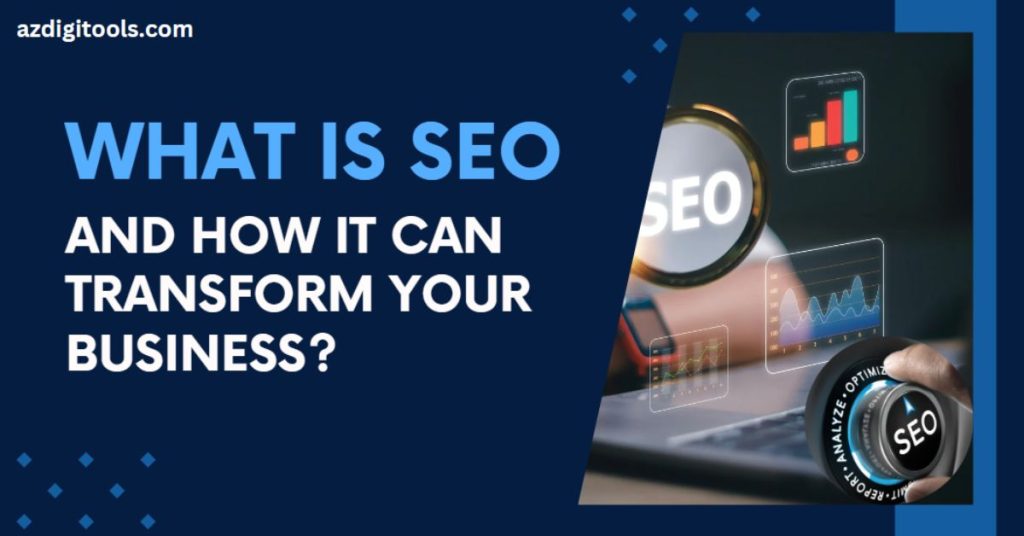
Search engines work by sending out small software robots called crawlers to index websites and index their information. When someone conducts a search query, this indexed data is examined by an algorithm to select those websites that most closely match that query.
Page and website quality, SEO optimization, and user experience are key ranking factors. Metrics such as engagement rates or CTR can also indicate site quality.
8 Most Important SEO Ranking Factors in 2024
1. Content Quality and Relevance
Content quality will continue to be one of the primary ranking factors for 2024 and beyond, including how well your content meets searcher intent and is helpful to them.
Google values comprehensive material that answers queries thoroughly while offering a holistic view of relevant topics; long-form pieces with latent semantic indexing keywords ensure relevance and understanding by users.
High-quality content helps build trust between you and users. By showing that you care about helping them make an educated purchasing decision, high-quality content helps reduce customer churn and enhances bottom lines.
Producing quality content takes hard work, but the rewards can be great. Use the YMYL and E-A-T guidelines to craft stronger pieces that rank higher on Google – increasing traffic, leads, and sales and keeping competitive as Google adjusts its algorithm.
2. User Experience UX and Page Experience Signals
User experience and page experience signals are among the many ranking factors used by search engines to assess whether a website should rank highly. These signals include navigation ease, content that matches search intent, and more.
Google’s Page Experience Signal (PES) is an overall score that measures loading speed, mobile friendliness, interactivity, and visual stability across different website experiences.
PES combines these individual metrics into an overall score that allows Google to evaluate how satisfactory or unsatisfactory those experiences are.
Your website user experience should always be a top priority, from loading quickly and mobile-friendly pages to having relevant and meaningful content.
Furthermore, Chrome’s Abusive Experiences report provides a way for you to identify these experiences for Google review and report back directly. Google may then use this data against websites that violate its Terms of Service.
3. Backlinks and Link Quality
Backlinks are an integral component of any SEO strategy, yet not all backlinks are equal. Backlinks can generally be divided into two categories: pillow links (natural links from trusted websites) or pushing links (more difficult to acquire and could result in manual penalties from Google).
Pillow links offer natural, organic value to digital marketing efforts, while pushing links may represent black-hat tactics that risk manual penalties from Google.
Ahrefs has determined that, aside from link quality itself, the authority of the referring page also matters significantly in determining its effectiveness as a backlink source.
Website and page authority both play an integral part in deciding if a backlink will work effectively – however, it’s also essential to choose sites closely related to your content – adding links from mental fitness blogs on capital equipment websites wouldn’t benefit your rankings!
The URL path also plays an integral part; pages closer to the homepage receive a greater relevancy boost than those hidden deep within the site architecture.
4. Technical SEO and Site Structure
Google works by sending out software robots called “crawlers” to discover websites and index their content. When someone makes a search query, Google then uses this indexed information to decide which website matches up with the request.
To rank higher in Google search results, your content needs to be of high quality with an intuitive website structure, as well as have an established SEO strategy in place.
An effective site structure enables Google bots to crawl your site easily. An intuitive hierarchical structure that organizes pages into logical buckets, such as content silos that target specific search intents, is one way of doing this.
Making sure your website is responsive and adaptable to different screen sizes (desktop, tablet, and mobile) will allow search engines to crawl it more efficiently while providing users with a seamless browsing experience regardless of which device they use to access your site.
5. Semantic Search and Contextual Relevance
Search engine optimization’s purpose is to target content and keywords to a specific audience and context, which makes an SEO strategy that prioritizes search intent over keyword research even more critical for success.
Google uses semantic search to comprehend more fully the meaning behind a query than simply its literal translation, providing more relevant search results more in line with users’ intentions – for instance, if someone searches “how to make pizza”, Google will deliver search results that include ingredients, recipes, and pizza delivery services as part of its results set.
Semantic search can also be applied to more e-commerce-oriented queries, like “Where can I buy a dress.”
In such an instance, the search engine recognizes that they are searching for a specific product and delivers results with price ranges, reviews, and other pertinent details that help make users feel understood in their searching experience and more likely to purchase from your business. This makes semantic search a tremendous improvement over keyword-based search engines.
6. AI and Machine Learning Algorithms
AI is revolutionizing business workflows and increasing productivity and efficiency across various industries, from healthcare to finance. AI-powered automation enables organizations to achieve unprecedented levels of success and drive value by automating mundane tasks and facilitating more complex processes.
AI and machine learning algorithms have become an integral component of modern SEO, impacting search engines’ rankings of web content. There are various kinds of AI/ML algorithms, but all can be divided into one of three major categories: supervised learning,
unsupervised learning, or reinforcement learning. Supervised learning algorithms take in clearly labeled data sets to predict outcomes in other data sets, then learn and optimize their performance based on this feedback loop.
Unsupervised and reinforcement learning algorithms don’t rely on labeled data to build their knowledge; rather, they gain this insight from interactions with other data sets and interactions among themselves.
This allows them to be more independent and self-sufficient. When combined with natural language processing, such algorithms can create human-sounding text, which proves incredibly effective in customer support and information retrieval applications; ChatGPT and Google Bard use LLMs (Large Language Models) for this purpose and generate engaging user-friendly content through chatbots like ChatGPT and Google Bard tools to produce such text output.
7. Local SEO Signals for Local Businesses
Local SEO signals are indicators used by search engines to judge a business’s legitimacy and relevance in its local community, from phone numbers reflecting local phone calls to optimized Google listings with high-resolution photos and engaging descriptions.
There’s no way of knowing exactly what influences Google search algorithms, but certain elements have proven integral for a local SEO strategy. Citations are one of the key local SEO signals as they verify your business as legitimate and reliable with search engines.
Positive online reviews are another essential local SEO signal. Reviews play an especially crucial role in local pack results, so businesses must monitor their review count regularly and avoid attempts at manipulating rating scores by encouraging customers or automating software to leave reviews; rather, focus on soliciting genuine customer satisfaction with products or services from real customers who provide genuine testimonials about what you provide them with.
8. Engagement Metrics and User Behavior
User engagement metrics measure how much time users are spending engaging with your website or app, providing valuable insight into user preferences and satisfaction levels, as well as ways to enhance it for increased conversions.
Here are a few popular engagement metrics:
- Feature Adoption Rate (FAR): This metric gauges how many users actively adopt and utilize a particular product feature. To calculate it, divide the number of users who were exposed to that feature over a set period by all total users over that same timeframe, multiply that figure by 100, and divide again.
- Retention Rate: Retention rate is an indicator of customer loyalty and satisfaction, showing how likely users are to remain active with your product over time. To calculate it, divide the number of active users at the beginning by the total at the end and multiply that figure by 100.
- Dwell Time: This metric measures how long visitors remain on your website. It can provide an important indicator of whether your content satisfies a searcher’s intent; Google prioritizes websites that offer relevant answers for specific search queries.
Final Words
As the digital landscape continues to evolve, the most important SEO ranking factors in 2024 will inevitably differ from what we perceive today. However, some important elements are likely to remain crucial for optimizing search engine rankings.
User experience is expected to continue taking precedence, with perfect mobile optimization, fast-loading websites, and high-quality evergreen content becoming even more influential. The importance of authority and credibility will persist, emphasizing the need for trustworthy backlinks and authoritative content.
Additionally, advancements in machine learning and artificial intelligence may further shape ranking factors, incorporating user engagement metrics and personalized search experiences. In this constantly evolving realm, staying adaptable and keeping a keen eye on emerging trends will remain paramount for successful SEO strategies in 2024 and beyond.





